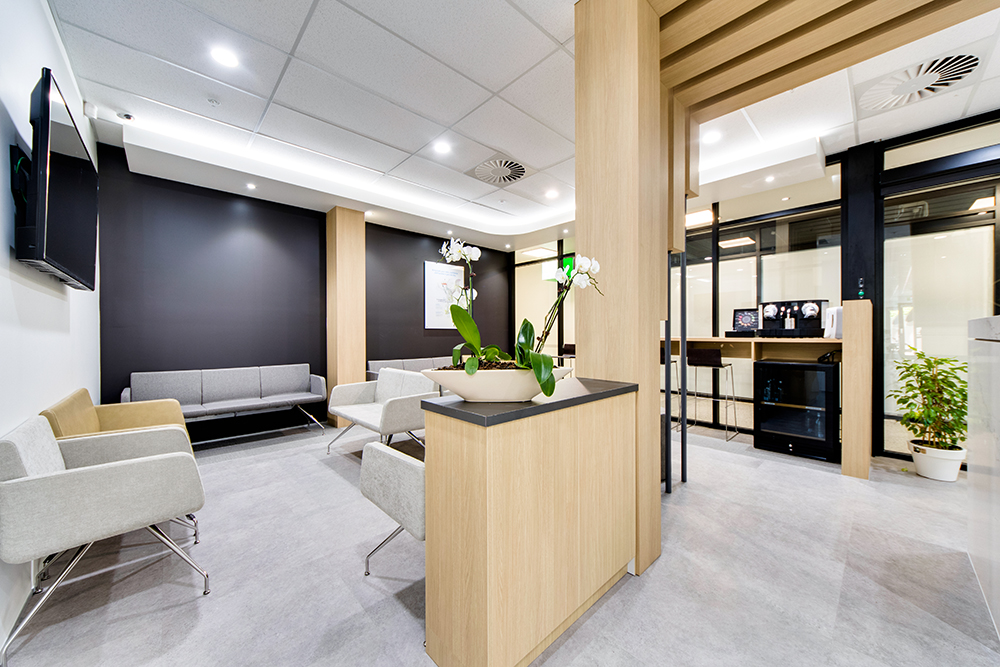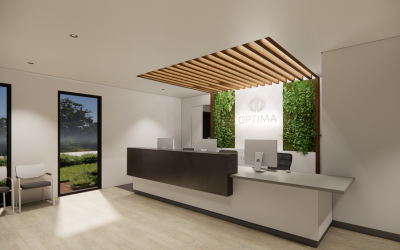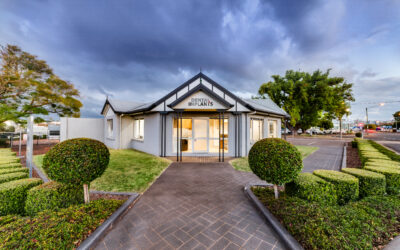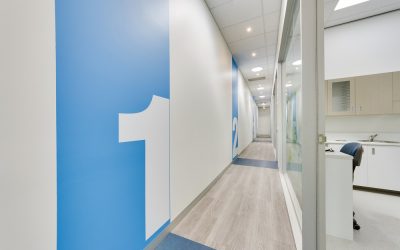Refurbishing or setting up a completely new dental environment is one of the most important decisions practice owners will make during their professional life – and while each dental practice has individual requirements, striking the perfect balance of beauty, workflow and ergonomics lies at the core of any successful practice.
Delivering tasteful and smart design, calibrated in equal measure to practical functionality will drive increased productivity and patient satisfaction and have a direct impact on a practices’ bottom line.
Ergonomics
Ergonomics can be defined as the process of designing or strategically arranging workplaces, products and systems in a way that makes them fit the people utilising them. The aim of incorporating ergonomics is to allow dental professionals to achieve optimum access, visibility, comfort and control in their day to day work. Ergonomic design provides a number of positive outcomes both physically, mentally and financially for practice owners and staff and ultimately, allows the practitioner to provide the quality of service that their patients demand.
Having a clear understanding of how dentists work and their interaction between the working space is important to not only enhance productivity, but also significantly improve the working life of the dental team.
Research has found that over the course of their career, 50 percent of dentists will experience suffering from neck, back and arm pain due to the nature of their work, with many dental professionals adjusting their bodies to fit their work practices. Poor equipment and workflow design, or the use of improper equipment can create physical stress on dental professionals bodies, but pain and discomfort as a result of bad ergonomics can be eliminated.
By understanding each practice’s unique traffic and workflow in all treatment, staff and public areas, equipment choice and location can then be correctly sized to allow for optimum function. Incorporating realistic spatial allowances will enable dentists and staff to move around their work environment freely with comfort, efficiency, and ease.
Recent advances in technology have especially allowed ergonomic equipment options to become more widely available and affordable. Ergonomics principles can be adopted in dental practice through a variety of ways such as:
PATIENT CHAIRS
ADVANCED IMAGING TECHNOLOGY AND DESIGN
MAGNIFICATION INSTRUMENTS
WORKFLOW
OPERATOR CHAIR
HAND INSTRUMENTS
POSTURE AND POSITION
Workflow
An ergonomically designed practice places an emphasis on delivering better health for staff and functional balance, but to further drive increased productivity and patient satisfaction, workflow is just as an important consideration.
The phrase “work smarter, not harder” is relevant when making workflow improvements. Although working harder means treating more patients, doing more procedures, and working at a faster pace – by streamlining workflows, a practice can reap the benefits in terms of increased efficiency of personnel, technology, and supplies. Incorporating systems designed to improve workflow will also ensure maximum work can be done without errors, redos, or bottleneck situations occurring.
Workflow improvements can also be incorporated within administrative tasks. A common way to streamline the front office tasks is to introduce automation for certain tasks, such as automating an appointment reminder service.
With the evolution of technology, moving from analog to digital workflows is now becoming the future of dentistry. Cutting-edge digital solutions for scanning, treatment planning, and digital manufacturing are continuing to replace those traditional workflows and are improving the workflow from diagnosis to planning through to patient treatment.
Deciding whether your practice is ready to step into a digital workflow will depend on the structure and focus of the individual practice. Every practice has to first determine which approach is right – and ultimately affordable.
Beauty
The aesthetics of dental and medical practices has evolved significantly in recent years. One of the key motivators for a redesign or relocation is the need to create a more contemporary and attractive practice. For this reason, interior design is now integrated into the development of every project – as aesthetic surroundings continues to rate just as highly as clinical function, technology integration and ergonomic design.
The physical environment of a practice communicates a level of excellence and professionalism to the patient, and helps to instill confidence. New patients especially are unable to evaluate the quality of the services and will instead access the tangible factors which are more subject to evaluation.
It’s integral to consider the message your reception, and waiting room colour scheme, lighting and furniture send to your staff and patients. Things as simple as dated decor and furniture, dark and drab surroundings have a big impact on how a patient perceives the quality of their care.
Designing your dental practice to encourage a more comfortable and relaxing atmosphere for patients also has an enormous effect on the patients’ state of mind. Making your practice a more inviting place to work and visit can be achieved through a number of interior elements such as lighting, color, artwork, furniture, greenery, fittings and natural decor.
The North Shore Oral & Maxillofacial Surgeons (NSOMS) is a specialist practice designed and constructed by OPTIMA. Our team delivered a fine balance of beauty, workflow and ergonomics, creating a beautiful and functional new environment that will continue to deliver high quality surgical care into the future. View the end result here.
From the initial design layout to construction, the team at Optima understand how dentists work, and apply this knowledge to achieve a functional and realistic balance. By incorporating the principles of design aesthetics, clinical function, technology integration and ergonomic design to suit unique requirements and all within the scope of the the practices budget and business place. For a free consultation, contact the Optima team today.




